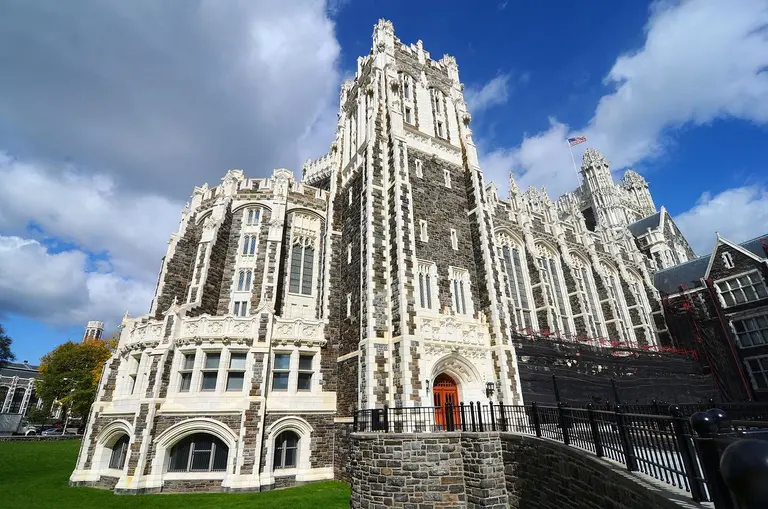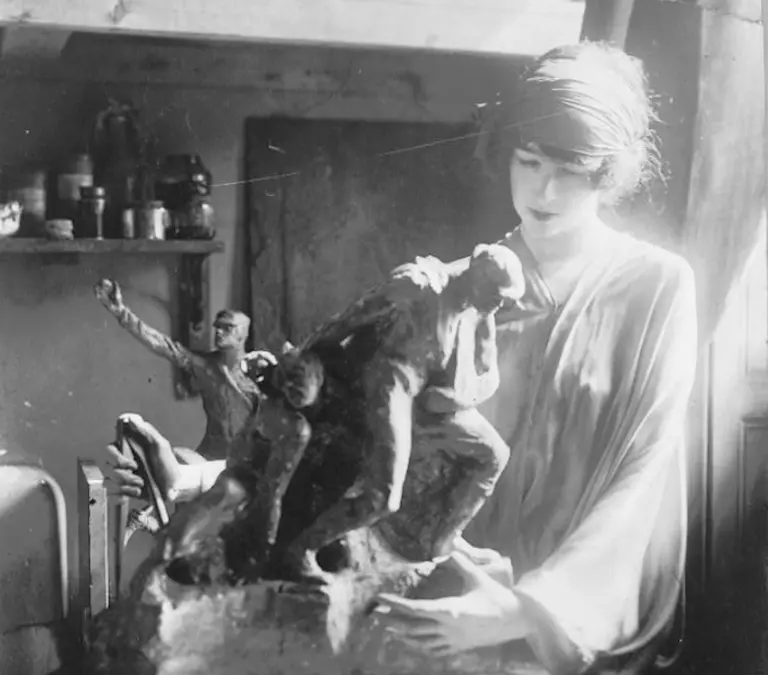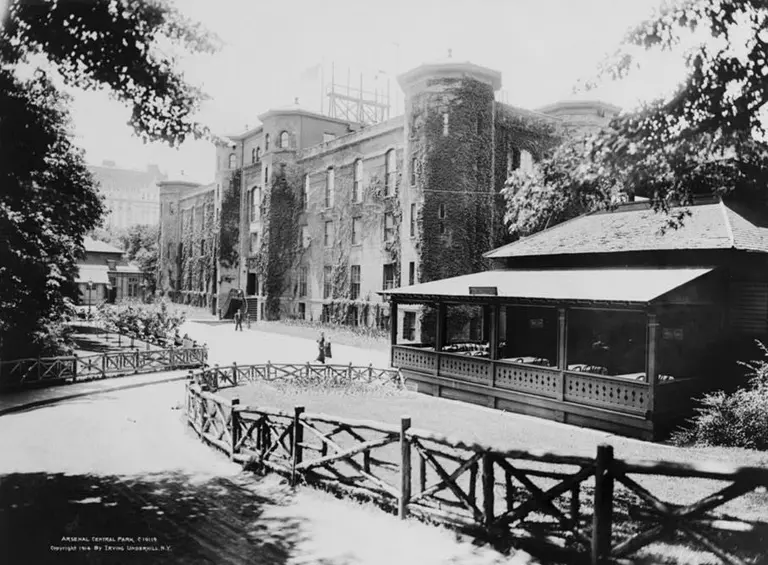June 6, 2019
The fur trade has such deep roots in New York City that the official seal of the City of New York features not one but two beavers. Fur was not only one of the first commodities to flow through the port of New York, helping to shape that port into one of the most dynamic gateways the world has ever known, but also, the industry had a hand in building the cityscape as we know it. John Jacob Astor, the real estate tycoon whose New York holdings made him the richest man in America, began as an immigrant fur trader. Later, as millions of other immigrants made the city home, many would find their way into the fur trade, once a bustling part of New York’s sprawling garment industry. Today, as the nation’s fashion capital, New York City is the largest market for furs in the United States.
A new bill sponsored by Council Speaker Corey Johnson could change that. Aimed at protecting animals from cruelty, the bill would ban the sale of new fur garments and accessories, but allow for the sale of used fur and new items made out of older repurposed furs. The measure has drawn impassioned criticism from a diverse set of opponents, particularly African American pastors who point out the cultural importance of furs within the black community, and Hasidic rabbis, who worry that wearing traditional fur hats would make Hassidic men vulnerable to hate crimes. And those in the fur industry fear the loss of livelihoods and skilled labor. After prompt pushback, Johnson said he plans to rework the bill to make it more fair to furriers. But given New York’s current debate around fur, we thought we’d take a look at the long history of the city’s fur trade.
Wrap yourself in this story!































